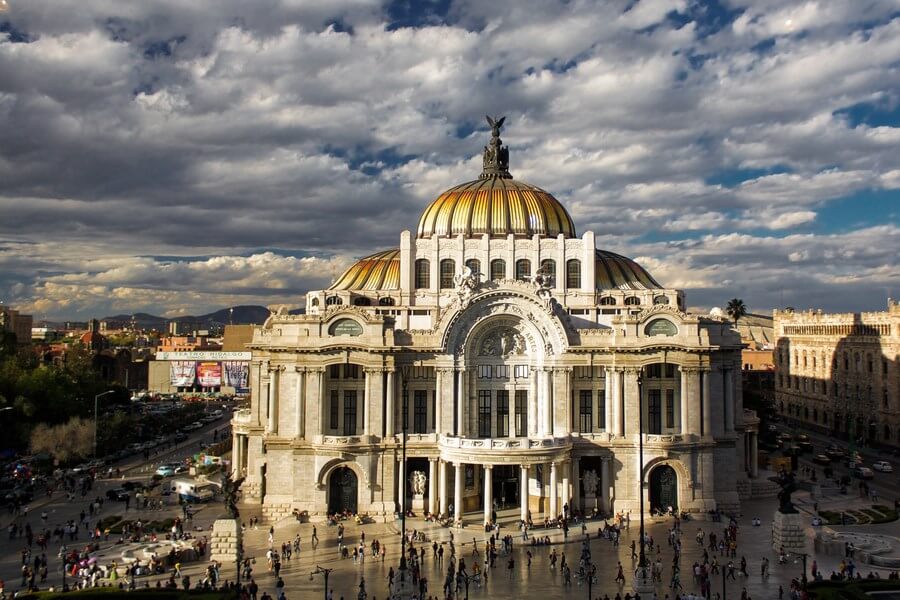Mexican Wines are making a splash in the international market.

Share this article
On the one hand, while Mexico is mostly known for beer and tequila, Mexican Wines are on the rise. Oenophiles have discovered Mexican wines and are flocking to the Mexican wine country to enjoy it. In particular, most wine tourists are visiting Mexico to experience the “Ruta del Vino” (Wine Route), in Baja California.
Although Baja is the most famous wine region, the Mexican wine country includes other regions with over six wine-growing states. These wine growing states make up the three wine-producing regions in Mexico, they include;
Mexican Wines: Wine Regions
La Laguna
The region is in the Sierra Madre Oriental mountains of central northern Mexico. At 5,000 feet altitude, the La Laguna has a cool microclimate ideal for growing grapes. In particular, the climate is perfect for growing Tempranillo, Merlot, Cabernet Sauvignon, Syrah, Chardonnay, Chenin Blanc and Sauvignon Blanc grapes.
Not only is the region famous for its prized wine growing area, Valle de Parras but also it has a great historical significance. It is the oldest winemaking area in Mexico and also the home to Casa Madero the oldest winery in North America. The locals call the region “The Oasis of Coahuila” because of the mountains and semi-desert surrounding it.
La Laguna is an excellent region to visit, in August and September. During the two months, over 400 families go to the Parras Valley, for the annual Grape Harvest “la vendimia.” Also, tourists visit the region to take a tour of the Casa Madero and taste some of the best Mexican wine brands. Notably, the delicious, award-winning Casa Madero Cabernet Sauvignon 2014: Valle de Parras, Coahuila. In fact, the wine won a Gold medal at the 2016 Vinalies Internationales.
Check out these amazing Mexican Inspired Bean Burgers!
The climate is ideal for growing Merlot, Zinfandel and Cabernet Sauvignon, Chardonnay, Semillon, Colombard and Chenin Blanc grapes.
Central Mexico
The wine growing states of Zacatecas, Aguascalientes, Guanajuato, and Querétaro, make up the Central Mexico region. Although most of the grapes grown in the region make brandy, some wineries here also produce excellent wine. In fact, Spain’s Freixenet winery, Cavas Freixenet, is the largest producer of Sparkling wine in Mexico.
At 6,500 ft, the region is perfect for growing Cabernet Sauvignon, Sauvignon Blanc, Pinot Noir and St. Emilion grapes. But, most of the vineyards in the Zacatecas grow red grape varieties, including Zinfandel, Lenoir, Merlot, Black Spanish, and Merlot. Consequently, the wineries in the region use the white grapes to make Sparkling wine and the red grapes to make red wine.
Central Mexico is an excellent region for wine tourism because it has a mix of both local and international wine producers. They include Cavas Freixenet, Vinos Hidalgo La Madrileña in San Juan del Rio a local winery founded by a Spanish immigrant. And, La Ronda a winery that specializes in growing grapes to make Kosher wine.
Baja California
In the far northwest part of the country, Baja is the heartland of the Mexican wine industry. It is the largest producer of Mexican wines since it produces about 90% of the country’s wine. Also, it has the largest number of wine tourists visiting the Mexican wine country. In particular, the city of Ensenada, which is the start and the end point of the popular Ruta del Vino. Also, the city is home to most of the headquarters of local wineries and distributors.
Vineyards here require irrigation throughout the year due to the hot, sunny climate in the region. And, viticulture is possible because of the cooling breeze of the Pacific Ocean and the Gulf of California. The terroir of the region influences the wine characteristics, making it higher in alcohol, full-bodied, robust with a “stoney minerality.” The climate is ideal for growing Merlot, Zinfandel and Cabernet Sauvignon, Chardonnay, Semillon, Colombard and Chenin Blanc grapes. Wineries in the region use the grapes to make excellent red and white wine.
The region has over 150 wineries. Most of the wine growing happens in Valle de Santo Tomás, Valle de Guadalupe, Valle de San Vincente, and Valle de Calafia. In fact, due to its boutique wineries and excellent wine, oenophiles refer to Valle de Guadalupe as the “Napa Valley of Mexico.” A visit to Baja California will not be complete without a tour of the following wineries. Casa de Piedra, the winery only produces two Mexican wine brands Piedra del Sol and Vino de Piedra. Casa Adobe Guadalupe, owned by Don Miller, the ranch has a wine school that helps small producers make profits and attract tourists. Doña Lupe an organic wine producer, and ensure you experience the Ruta del Vino.
Mexican Wines
The wineries in the Mexican wine country are helping grow the reputation of Mexican wines. In fact, a few wineries in the Baja region export Mexican wine brands to Canada, U.S., and Europe. Furthermore, to boost wine tourism and sale of Mexican wines, the wineries offer wine tasting tours.